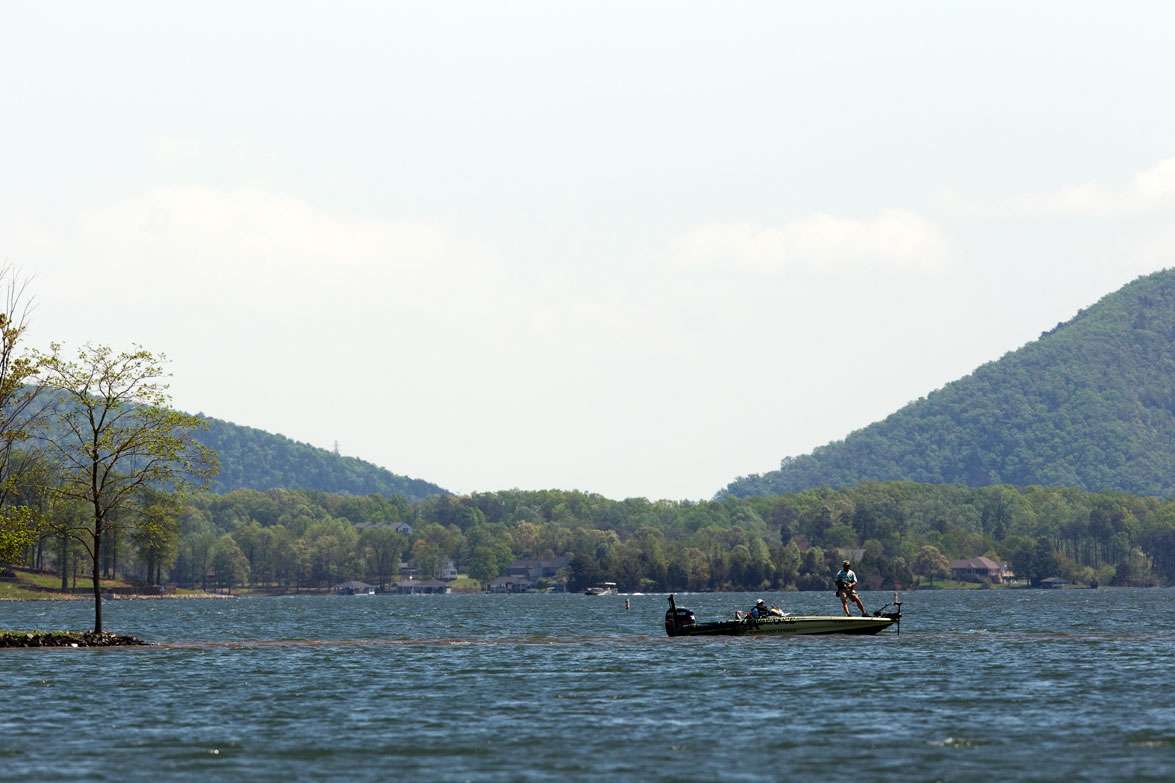
Recovery has been slow in the waters hit by Hurricane Irene Aug. 27, when the storm made landfall in North Carolina. Precipitation up to 14 inches and wind gusts of 67 mph whipped up the Roanoke River near the border of North Carolina and Virginia, causing low dissolved oxygen (DO) levels and subsequent fish kills.
“I fear we are going to have a major fish kill where we held our state championship this year,” said Chuck Murray, North Carolina B.A.S.S. Federation Nation president, as the storm was subsiding in late August. “Last time we had this happen eight years ago, it killed millions of fish and destroyed bass fishing for many years.”
In mid-September, oxygen levels were still around 0 milligrams per liter (mg/L) in most of the coastal systems, according to Chad Thomas, the coastal fisheries supervisor for the North Carolina Wildlife Resources Commission Division of Inland Fisheries. Exposure to DO levels lower than 2 mg/L for a period of as short as 12 hours will kill fish, according to Dr. Mike S. Allen, a professor in the Department of Fisheries and Aquatic Sciences at the University of Florida.
“The fish kills are ending,” Thomas told Jeff Narron at the North Carolina B.A.S.S. Federation Nation, adding that most fish within in the impacted area had died. “Return to normal oxygen levels will only occur as water temperatures cool and/or if we get some rain (but not tropical storm amounts) to help push the dead water out of the systems. We anticipate this may take several more weeks.”
Since then, said Thomas, significant improvements in DO levels have occurred on the Roanoke and in several other major coastal systems in North Carolina. “Rivers in coastal North Carolina experienced dissolved oxygen levels near 0 mg/L for a period exceeding 20 days in some locations,” Thomas added. “As oxygen levels are improving to close to 3 mg/L, bass should be able to begin moving back into these areas this fall.”
Officials at the North Carolina Wildlife Resources Commission were formulating plans to start a recovery before they had even seen a dead fish, according to Bill Frazier, North Carolina B.A.S.S. Federation Nation conservation director. Scientists acted ahead of time because of the massive fish kills caused by Hurricane Isabel in 2003.
“Fish kills due to high flow events such as hurricanes are really common,” said Dr. Allen, “and there isn’t much that can be done. Fish populations typically recover pretty quickly.”
North Carolina Wildlife Resources Commission Division of Inland Fisheries will begin post-hurricane fish sampling at the end of October. In the meantime, do not release tournament-caught fish where DO is very low because the fish will likely die within a few hours. Some areas, such as Jamesville and Plymouth on the Roanoke River and Greenville and Washington on the Tar River, have improved to the point that they can support fish releases without incurring direct mortality, according to Thomas, and the situation will continue to improve.

